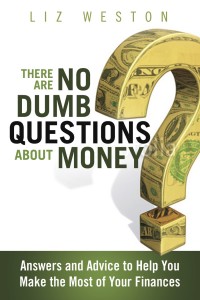Dear Liz: I’m getting about $500,000 from the sale of my business this year and next year will be getting an additional $1 million. What’s the best way to invest the money so I can make $150,000 to $200,000 a year? I am 55 years old and will have no other income than what I can earn with this money.
Answer: You probably know that “guaranteed” or “safe” returns are very low right now. If you’re getting much more than 1% annually, you’re having to take some risk of loss. The higher the potential returns, the greater the risk.
So even if you could find an investment that promised to return 10% to 13% a year, there are no guarantees such returns would last, plus you would be at risk of losing some or all of your investment. A down draft in the market or an extended vacancy in your real estate holdings could cause you to dig into your principal.
That’s why financial planners typically advise their clients not to expect to take more than 4% a year or so out of their portfolios if they expect those portfolios to last. If you try to take much more out or invest aggressively to earn more, you run a substantial risk of running out of money before you run out of breath.
